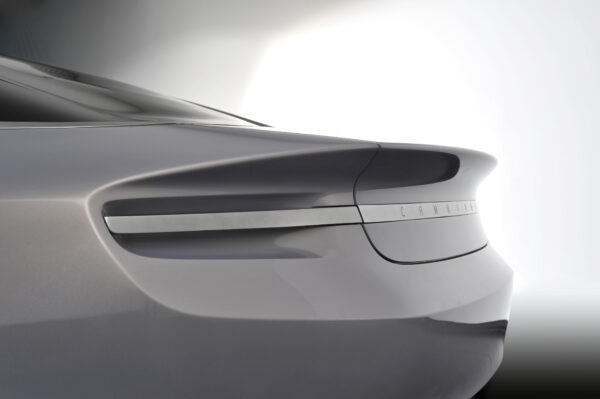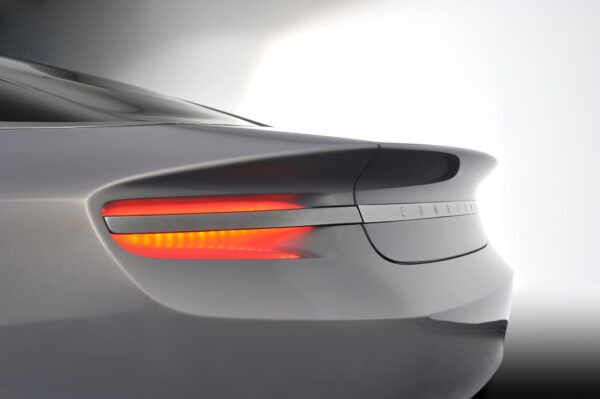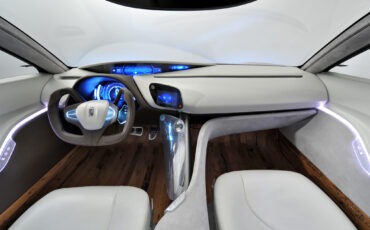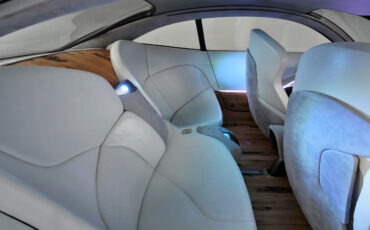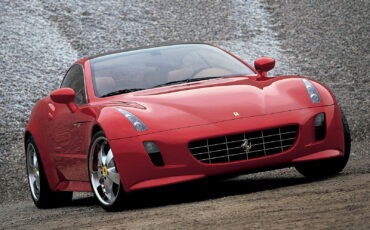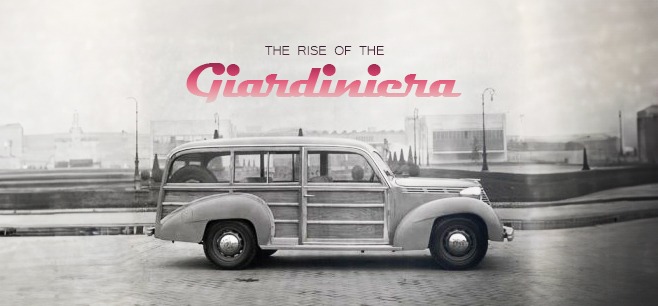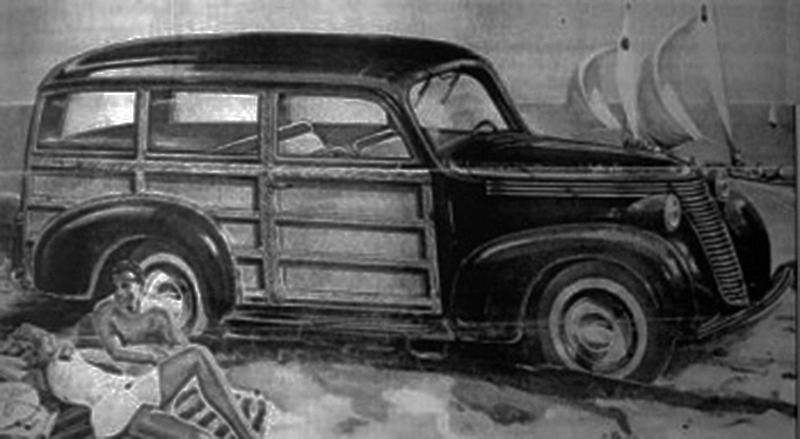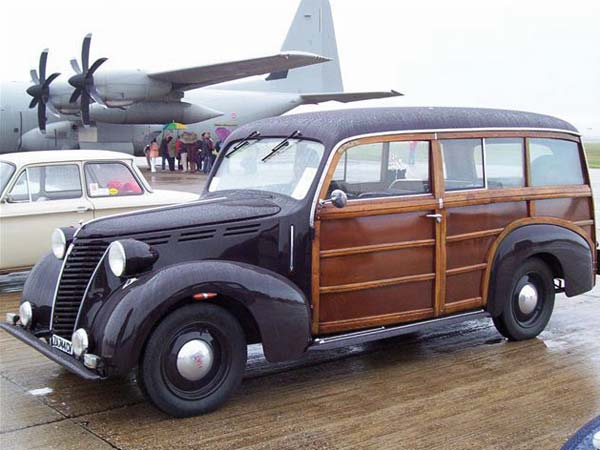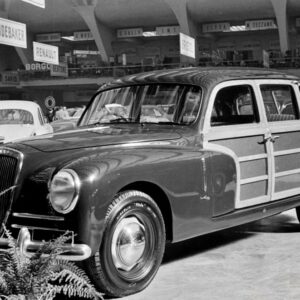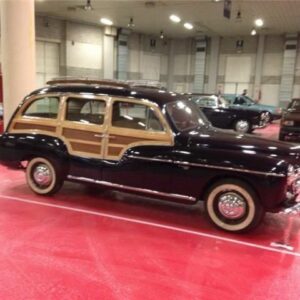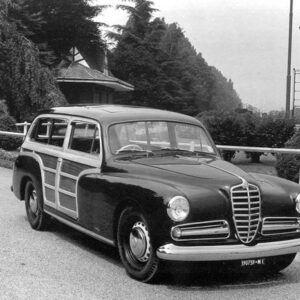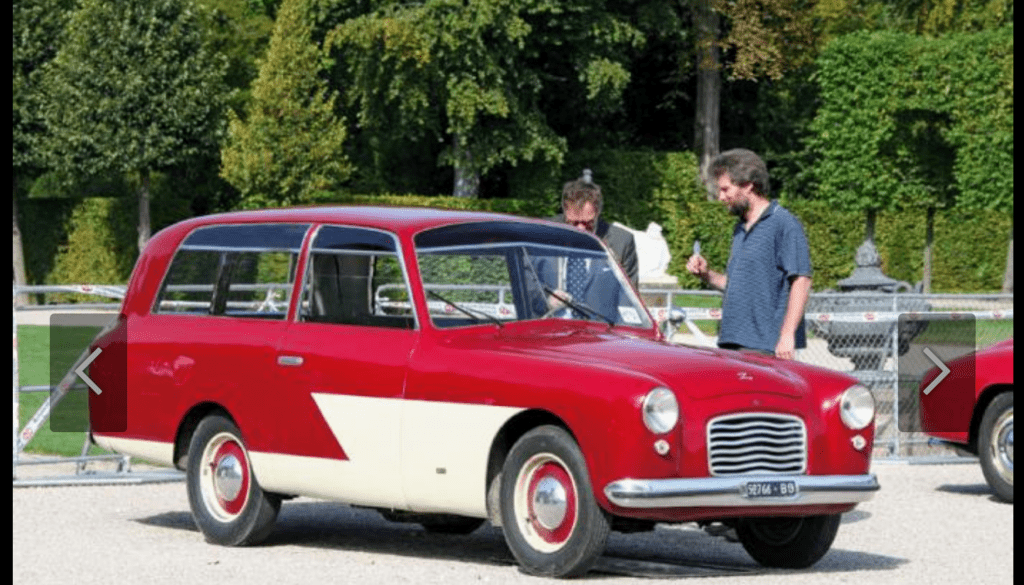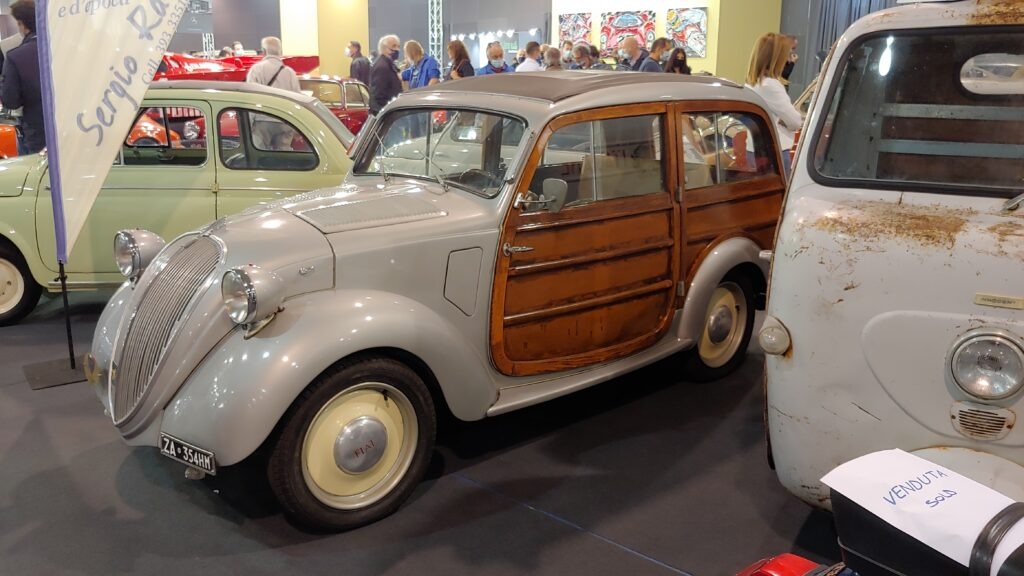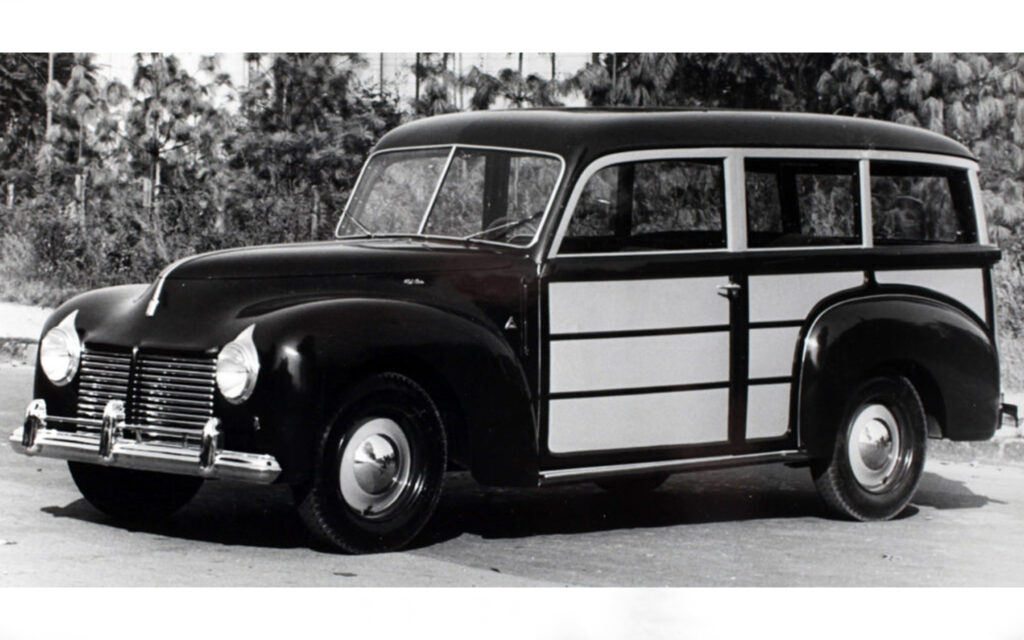Embark on a journey through the illustrious career of Fabio Filippini, an esteemed Italian car designer whose international experience has left an indelible mark on the automotive landscape. From his influential roles at Renault and Volkswagen to his tenure as the Design Director at Pininfarina, Filippini’s creative vision has continually pushed the boundaries of automotive design. In 2018, he founded ACCAEFFE Ltd. Creative Consulting in Tokyo, a strategic design consultancy collaborating with global automotive and transportation industry leaders.
At the heart of Filippini’s legacy is the Pininfarina Cambiano Concept, a masterpiece of design and innovation. Unveiled at the prestigious Geneva Motor Show in 2012, the Cambiano stands as a testament to Filippini’s ability to navigate challenging times and redefine the values of Pininfarina during a pivotal period in the company’s history.
During Filippini’s tenure at Pininfarina, the company faced a complex and dramatic period. The creation of the Cambiano Concept marked a strategic move to clarify Pininfarina’s foundational values and present them to the world through a Concept Car that epitomized the quality and creativity intrinsic to the Italian design tradition.
Elegance, Purity, and Innovation in Design
The Cambiano Concept embodies three fundamental values: elegance, purity, and innovation, all of which have been pillars of Pininfarina’s design philosophy. The external design reflects a harmonious blend of few, yet meticulously balanced lines. Sculpted surfaces enhance the sleek and fluid body, while the transparent cabin allows natural light to illuminate the interior. The carbon fiber lattice structure, visible within the cabin, intricately weaves a narrative of both structural strength and aerodynamic prowess.
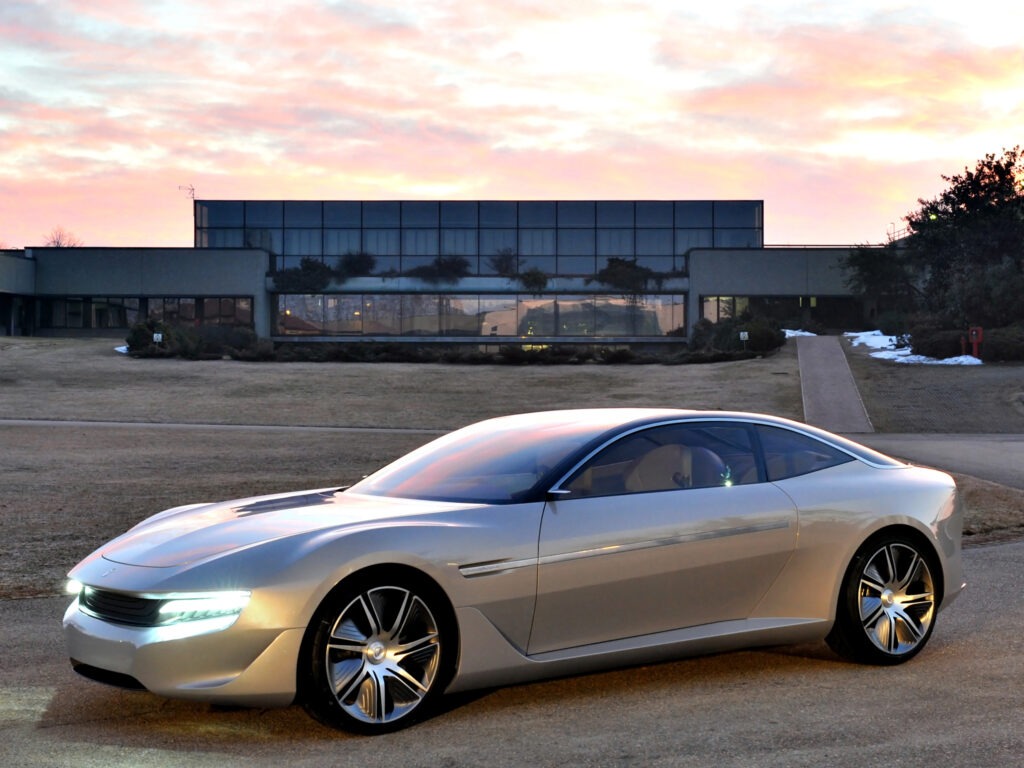
The Cambiano’s exterior introduces innovative elements that captivate the observer. The sealed front grille, opening for cooling when the turbine engages during extended journeys, exemplifies the marriage of form and function. The invisible rear lights and side indicators, which transform into reflective halos upon activation, showcase a meticulous attention to detail. The overall style is a clean and elegant reinterpretation of historical references, paying homage to classics like the Lancia Florida II and the Lancia Gamma Coupé.
Technological Marvels Inside
The interior of the Pininfarina Cambiano is a symphony of technological innovation and luxurious comfort. The driver-centric zone is designed with various information levels, prioritized for ease of access. The console, oriented towards the driver, features a unique quick-release system for Pininfarina’s own chronograph. The passenger area, akin to a lavish lounge, boasts light-colored leather and gray Alcantara, creating a serene ambiance. Notably, the rear section, influenced by the asymmetric door configuration, exudes a lounge-like atmosphere.
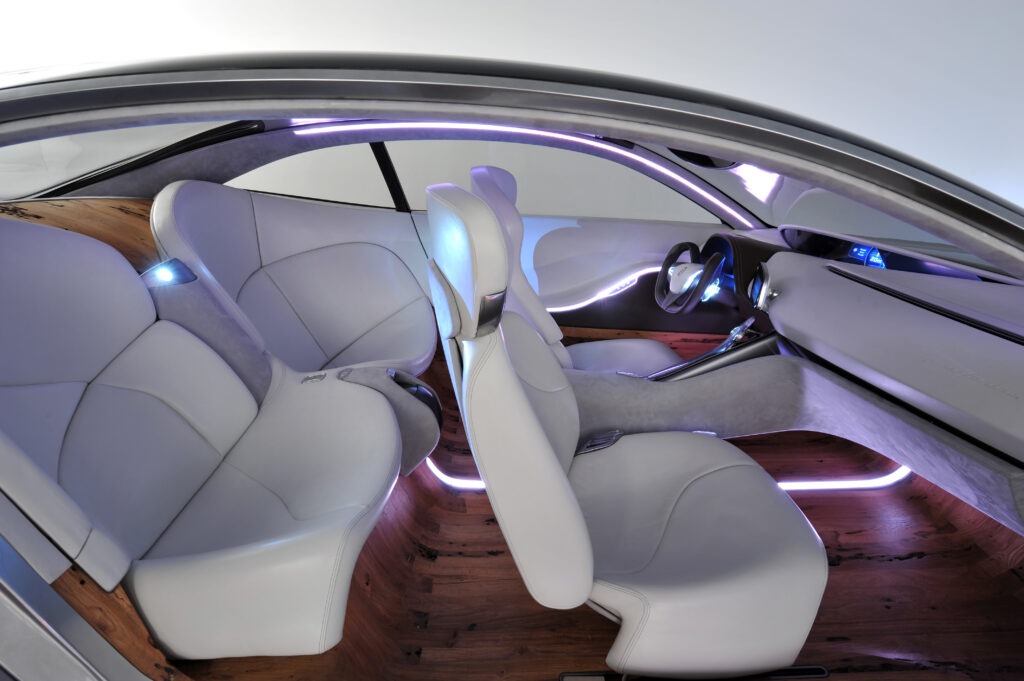
Crafting with Recycled Wood
One of the Cambiano’s most distinctive features is the extensive use of recycled wood from Venice’s briccole, the iconic wooden poles that guide water traffic in the city. Filippini’s visionary approach allowed the natural charm of the wood, marked by the passage of time and aquatic microorganisms, to remain visible. This intentional embrace of imperfections creates a captivating contrast with the technological precision found elsewhere in the cabin.
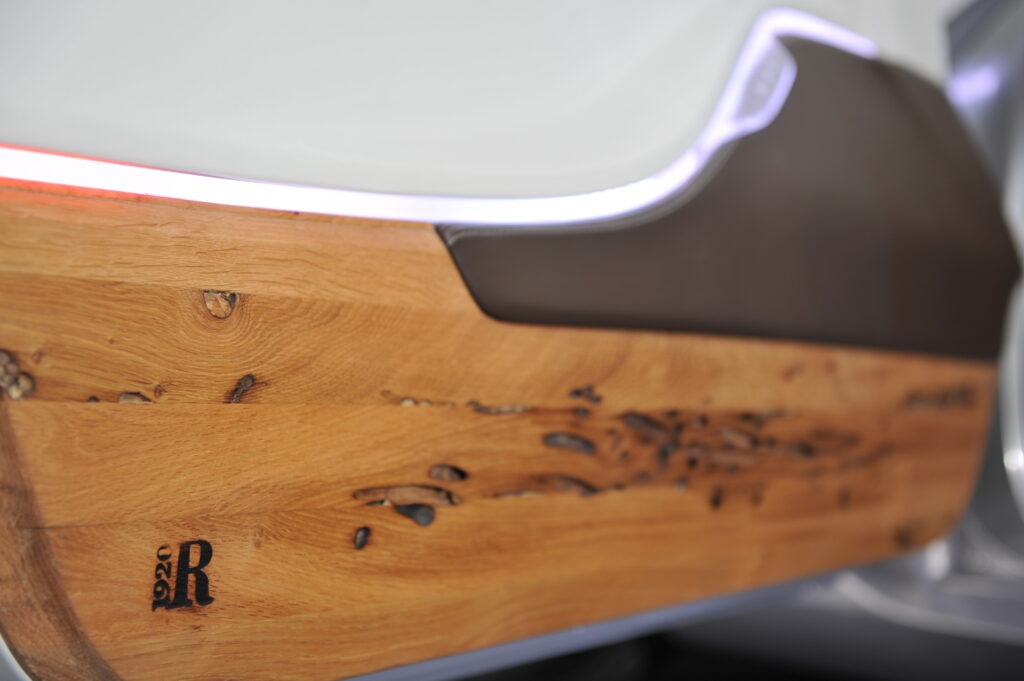
Challenges and Innovations in Design
Creating the Pininfarina Cambiano posed various challenges typical of concept cars showcased at international auto shows. However, one of the most enjoyable and fascinating aspects of the project was the realization of the recycled wood components. Each piece, originating from briccole, was meticulously mapped to retain the holes’ natural patterns while ensuring precision in assembly. This intentional embrace of imperfections adds a philosophical contrast to the technological perfection prevalent in the rest of the interior.
Success and Awards
The Cambiano made its debut at the Geneva Motor Show in 2012, receiving widespread acclaim, particularly from automotive design specialists. The car’s success marked a significant return for Pininfarina, capturing the essence of the company’s values with innovative content and stylistic elegance. The media played a pivotal role in highlighting the Cambiano’s enduring appeal, and even a decade later, the car continues to garner admiration at design events worldwide.
The Cambiano Concept earned several prestigious design awards, including the Best Interior Design of the Year at the 2012 Geneva Motor Show, the National Innovation Design Award in 2013, and an honorable mention at the prestigious Golden Steering Wheel Awards in 2014.
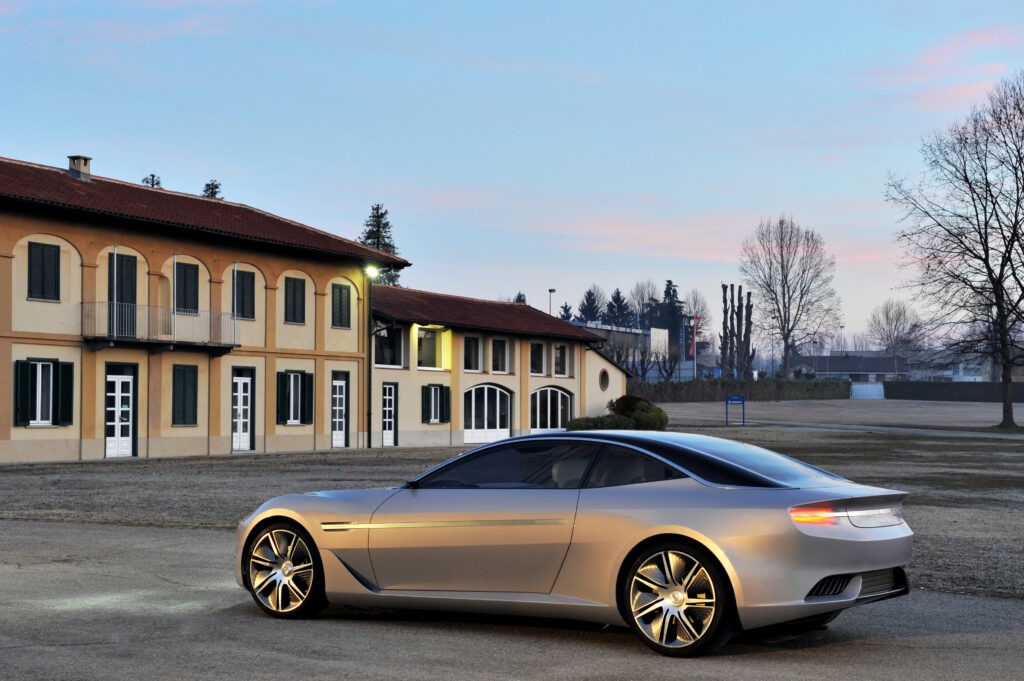
Conclusion
In conclusion, Fabio Filippini’s influence on automotive design is most prominently embodied in the Pininfarina Cambiano Concept. This masterpiece not only represents a milestone in Pininfarina’s history but also serves as an enduring symbol of the possibilities that arise when creativity and sustainability converge in the world of automotive design. Filippini’s journey, from his pivotal roles in renowned automotive companies to his establishment of ACCAEFFE Ltd. Creative Consulting , reflects his dedication to shaping the future of transportation design on a global scale. The Cambiano Concept remains a timeless masterpiece, encapsulating the spirit of Pininfarina’s design philosophy and Fabio Filippini’s indelible mark on the automotive world.

